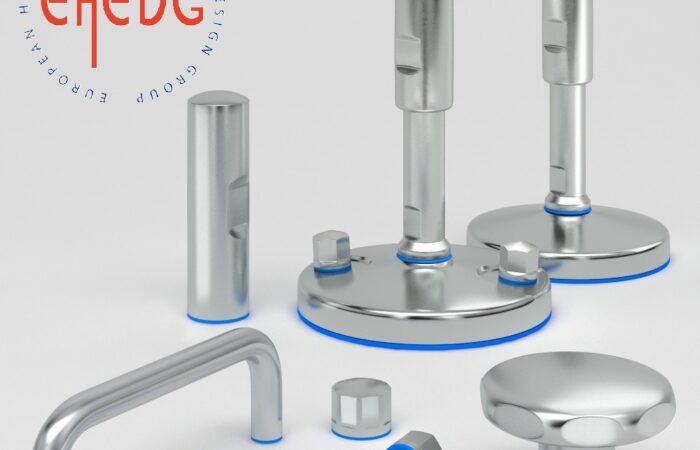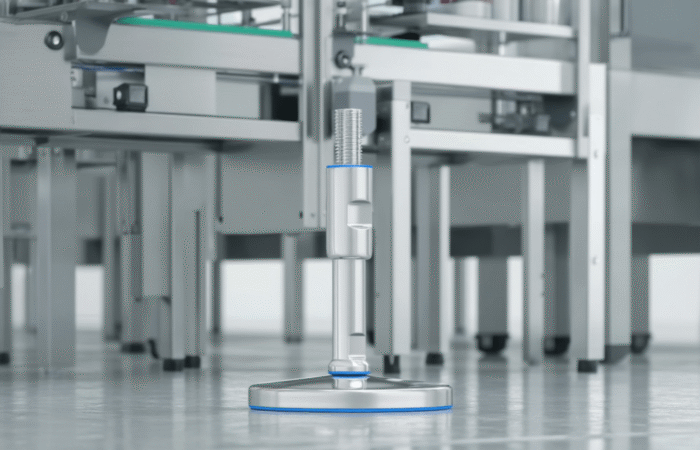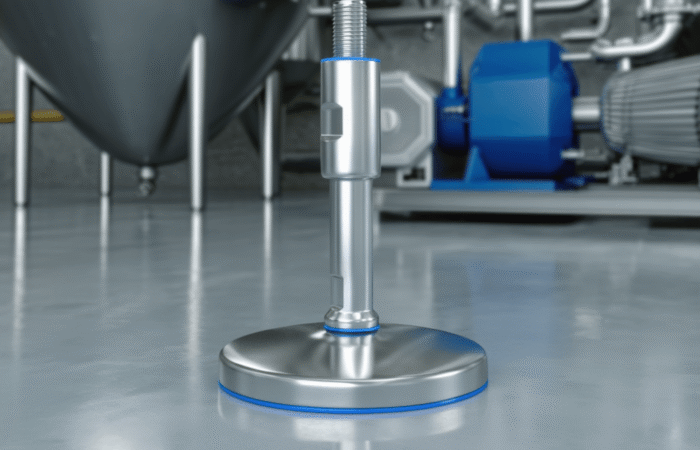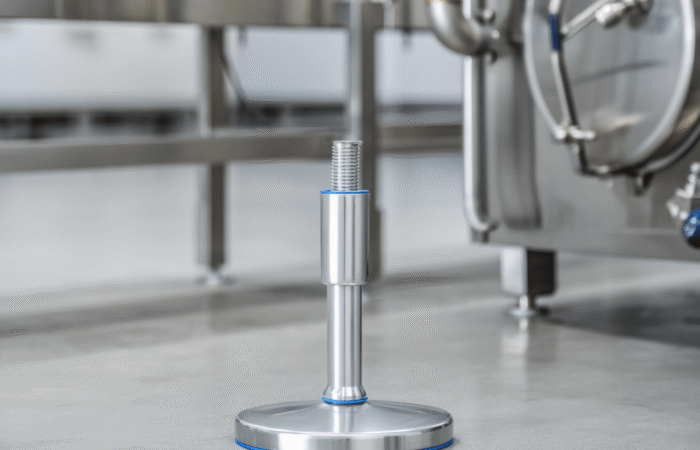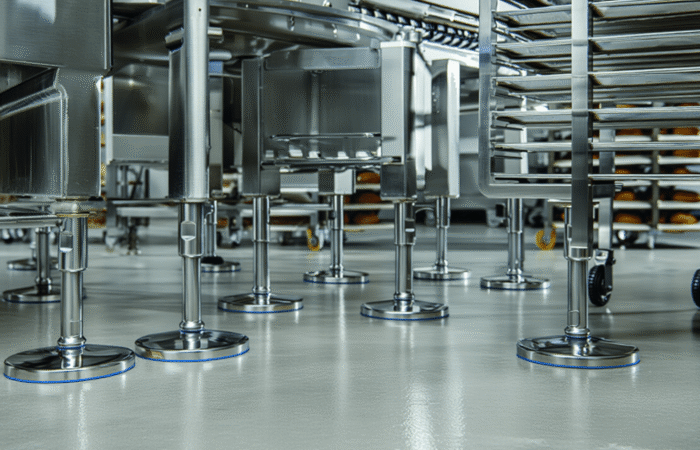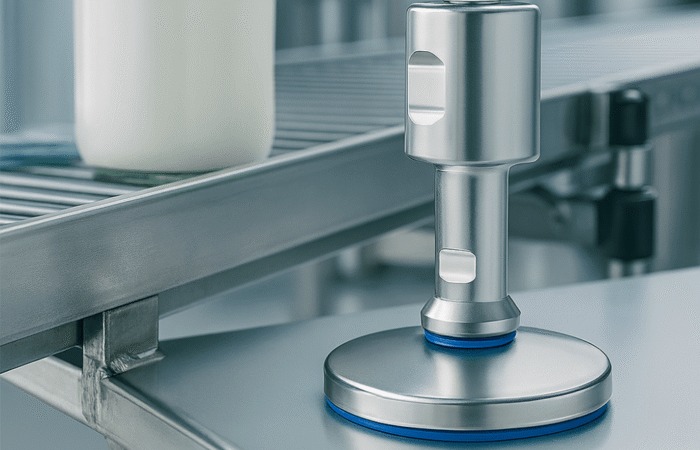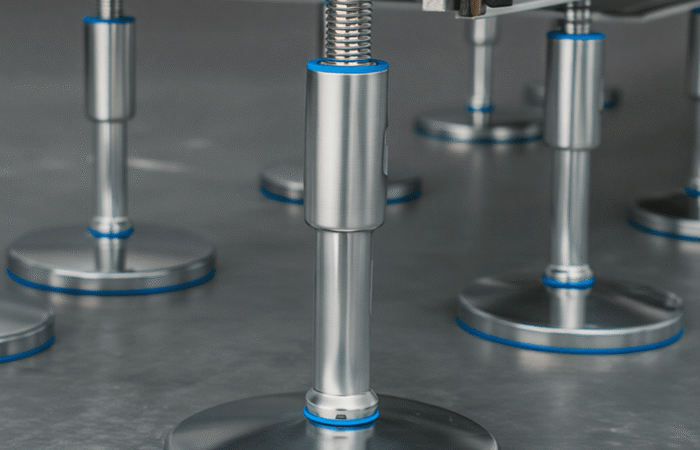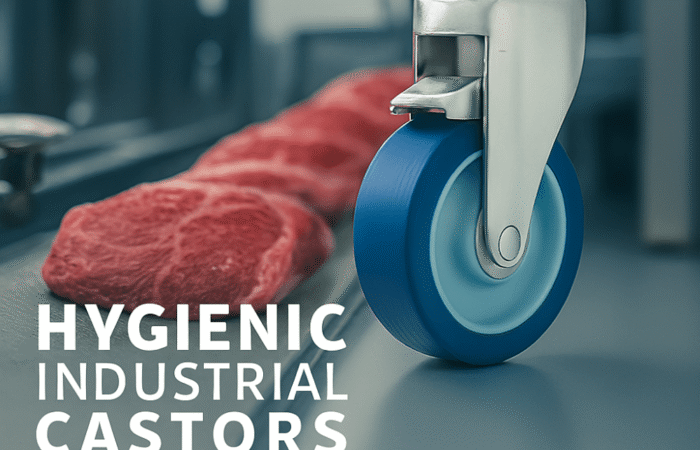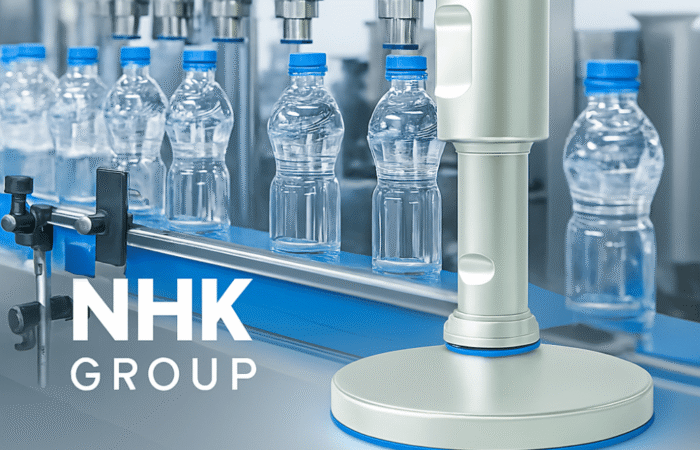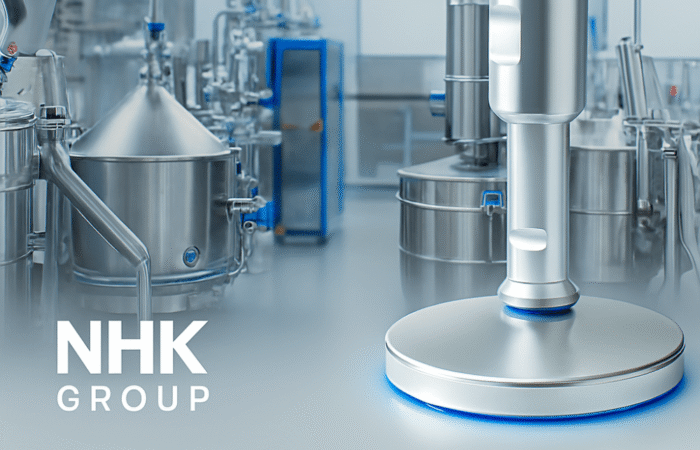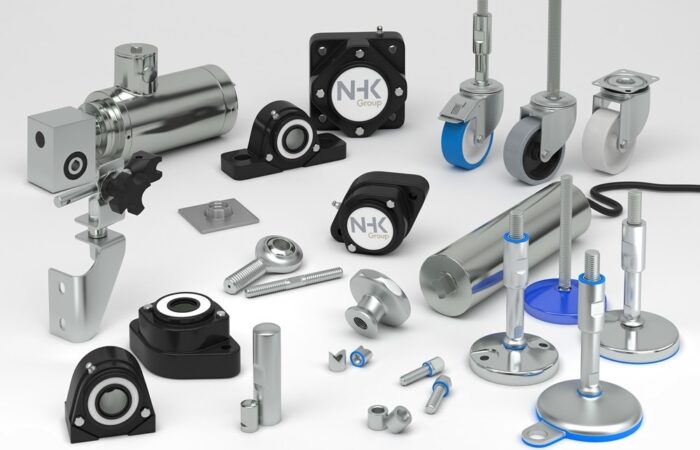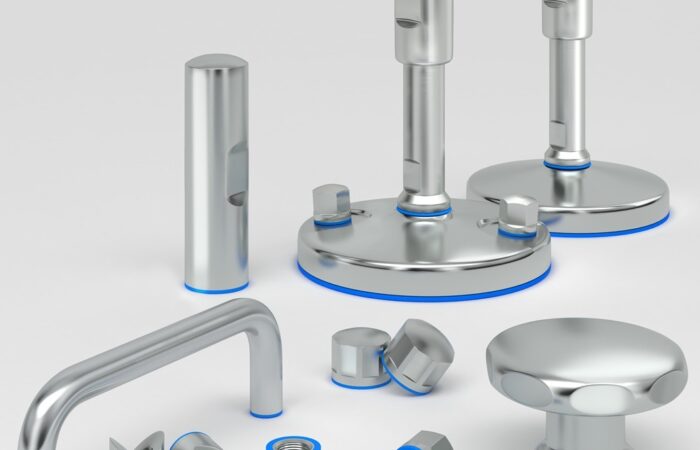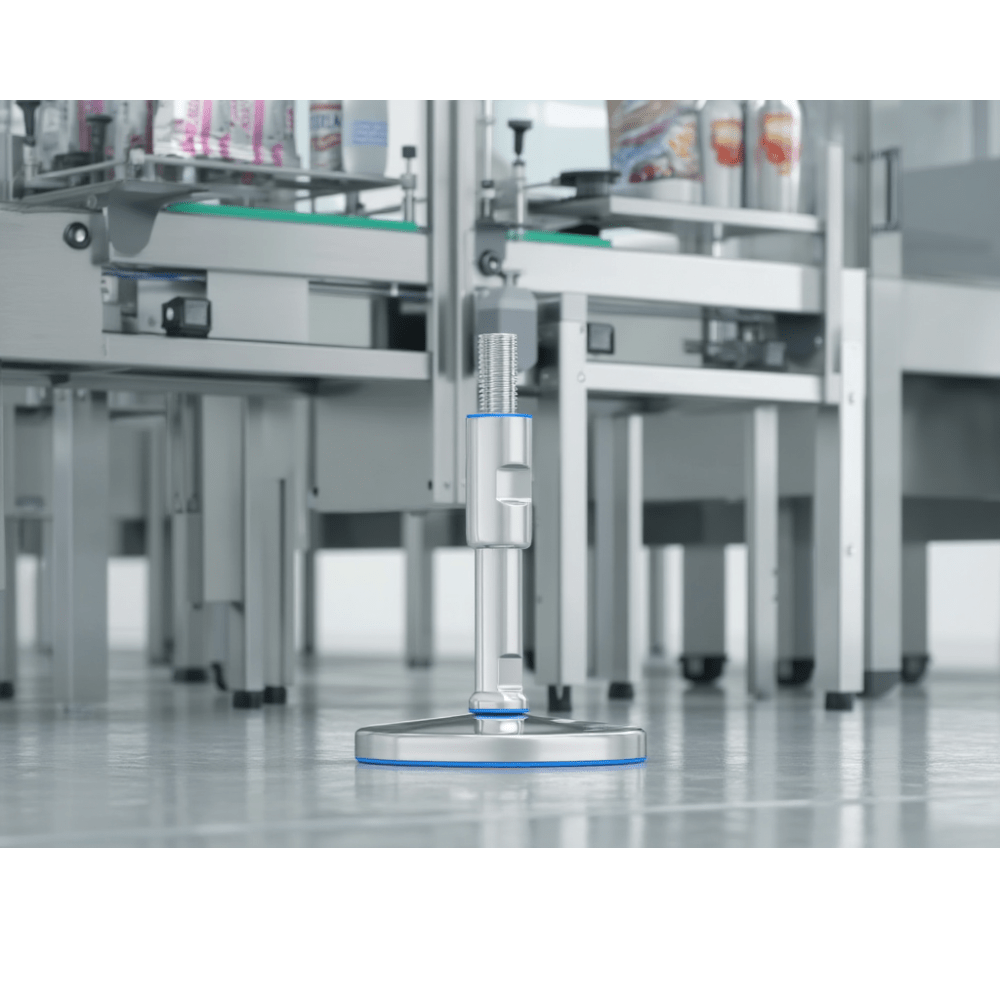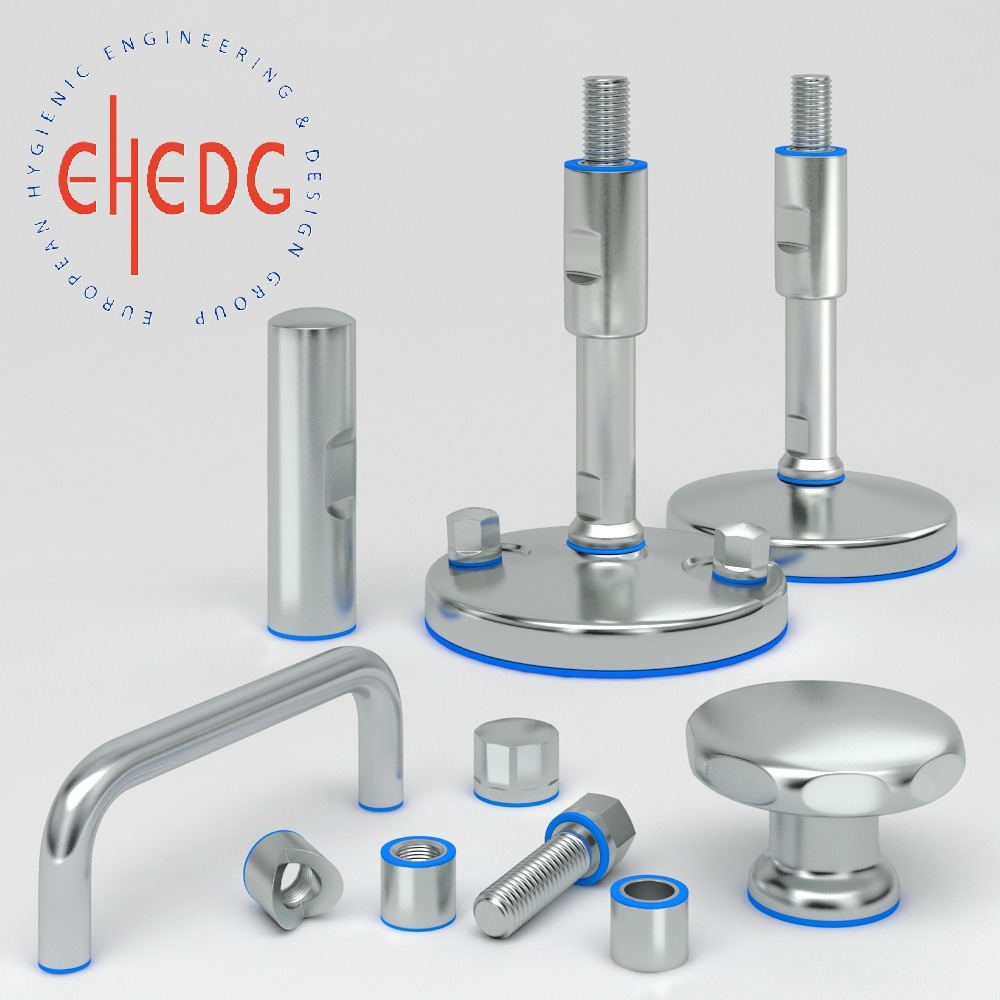
Certified Hygienic Feet: A Comprehensive Guide
Certified hygienic feet are specialized components designed to meet stringent hygiene standards in industries where cleanliness is paramount. These components play a crucial role in maintaining sanitary conditions by preventing contamination and facilitating easy cleaning. This article provides a comprehensive comparison of certified hygienic feet, focusing on their usage, applicable industries, materials, and includes case studies to illustrate their effectiveness. Certified hygienic feet are primarily used to provide stable support and precise leveling for machinery and equipment in environments that demand high hygiene standards. Their design minimizes areas where contaminants can accumulate, ensuring that equipment remains sanitary. Key features include: Smooth, Non-Porous Surfaces: Prevent the accumulation of dirt and bacteria, facilitating easy cleaning. Sealed Structures: Eliminate crevices where contaminants could reside. Corrosion-Resistant Materials: Ensure durability and longevity, even under frequent cleaning with harsh agents. By incorporating these features, certified hygienic feet help maintain a contamination-free environment, which is essential for product safety and compliance with health regulations. Several industries benefit from the implementation of certified hygienic feet: Food and Beverage: In this sector, preventing contamination is critical. Certified hygienic feet are used in equipment such as mixers, conveyors, and packaging machines to maintain cleanliness and comply with food safety standards. Pharmaceuticals: The pharmaceutical industry requires sterile environments to ensure product integrity. Hygienic feet support equipment like pill presses and mixing vessels, reducing contamination risks. Cosmetics: Maintaining hygiene during the production of cosmetics is vital to prevent product spoilage and ensure consumer safety. Certified hygienic feet are used in filling and packaging machines within this industry. Cleanrooms and Laboratories: These environments demand strict contamination control. Hygienic feet are utilized in various equipment to maintain the required cleanliness levels. The selection of materials for certified hygienic feet is crucial to ensure durability, resistance to corrosion, and ease of cleaning. Common materials include: Stainless Steel (AISI 304 or 316): Offers excellent corrosion resistance and is non-porous, making it ideal for hygienic applications. FDA-Approved Rubber (NBR or Silicone): Used for seals and pads, these materials are resistant to chemicals and high temperatures, ensuring a hygienic seal. These materials are chosen to withstand aggressive cleaning protocols and to prevent the harboring of bacteria, ensuring compliance with hygiene standards. A dairy processing plant faced challenges with frequent contamination in their production line. By upgrading to certified hygienic leveling feet on their equipment, they reduced contamination incidents by 30%, improved product shelf life, and decreased maintenance costs. A pharmaceutical company needed to comply with stringent FDA regulations. Implementing certified hygienic feet in their mixing equipment ensured adherence to hygiene standards, facilitated compliance, and maintained product safety. A beverage company implemented certified bottling equipment to enhance the cleanliness of their production line. This certification improved product safety, boosted consumer confidence, and reduced quality control issues. A food packaging company faced challenges with frequent contamination issues. Upgrading to certified machinery led to a significant reduction in contamination incidents, improved product shelf life, and decreased maintenance costs. Several manufacturers specialize in producing certified hygienic feet: NHK machinery parts: Offers a range of certified hygienic leveling feet designed for sanitary production environments. Their products are certified by EHEDG and USDA standards. These manufacturers ensure that their products meet the highest hygiene standards, providing reliable solutions for industries where cleanliness is critical. Certified hygienic feet adhere to rigorous standards set by globally recognized organizations: EHEDG (European Hygienic Engineering and Design Group): Provides guidelines to ensure equipment is designed for easy cleaning and hygienic processing. USDA (United States Department of Agriculture): Certifies equipment for use in meat and poultry processing, ensuring sanitary design and construction. Adherence to these certifications ensures that hygienic feet are suitable for use in environments where hygiene is critical.Ensuring Maximum Hygiene and Stability: Certified Hygienic Feet
Usage of Certified Hygienic Feet
Industries Benefiting from Certified Hygienic Feet
Materials Used in Certified Hygienic Feet
Case Studies Demonstrating the Effectiveness of Certified Hygienic Feet
Dairy Processing Facility
Pharmaceutical Manufacturer
Beverage Bottling Line
Food Packaging Machinery
Leading Manufacturers of Certified Hygienic Feet
Certifications Ensuring Hygienic Standards
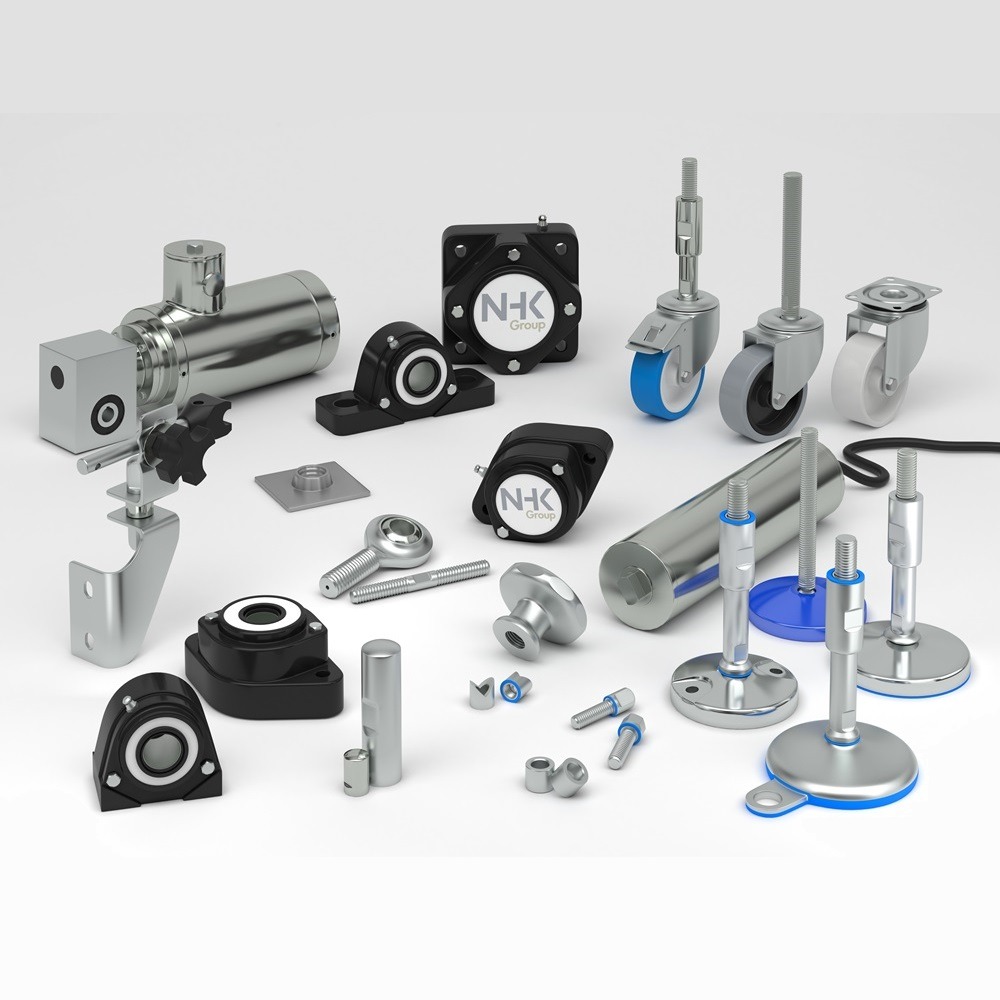
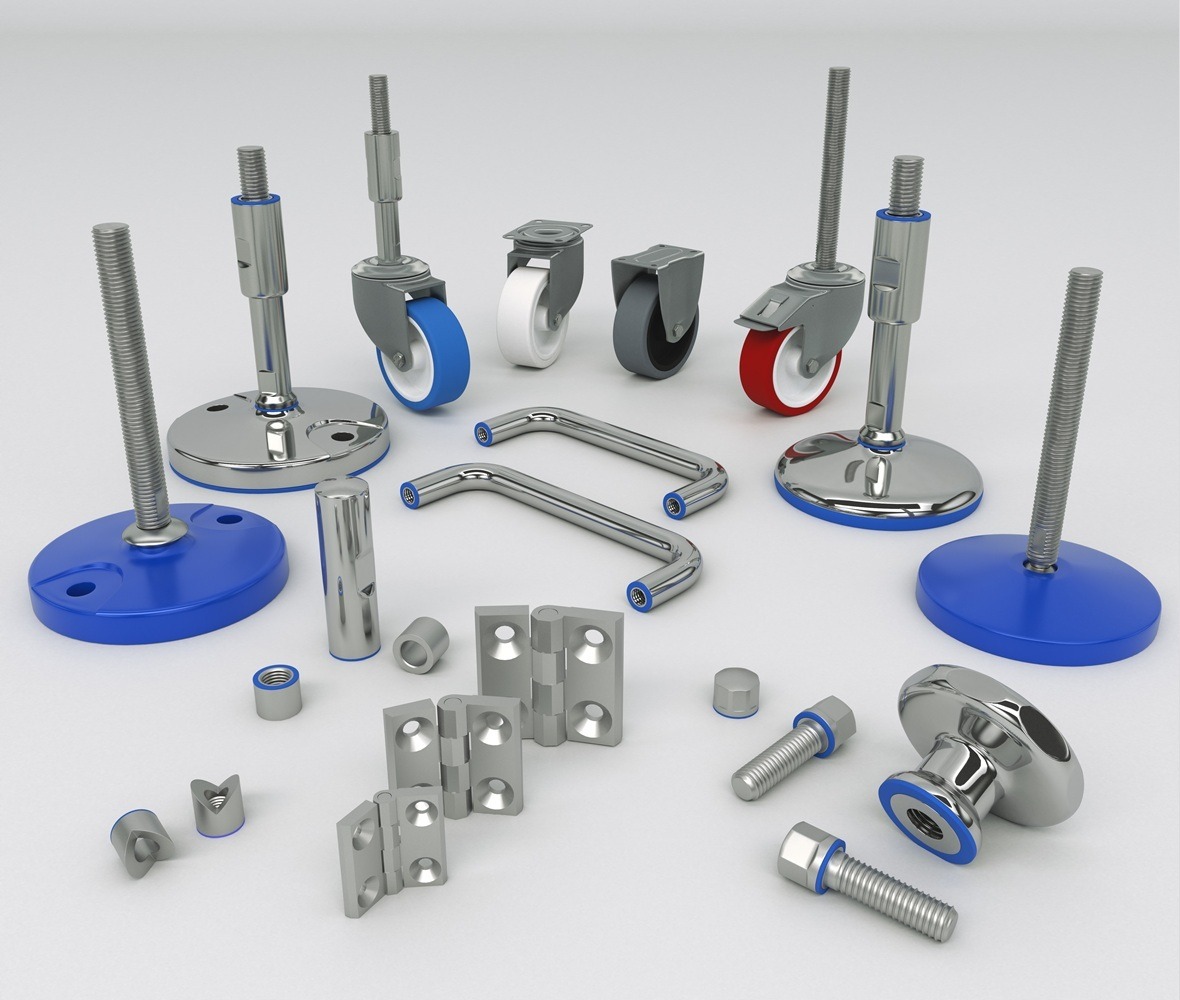
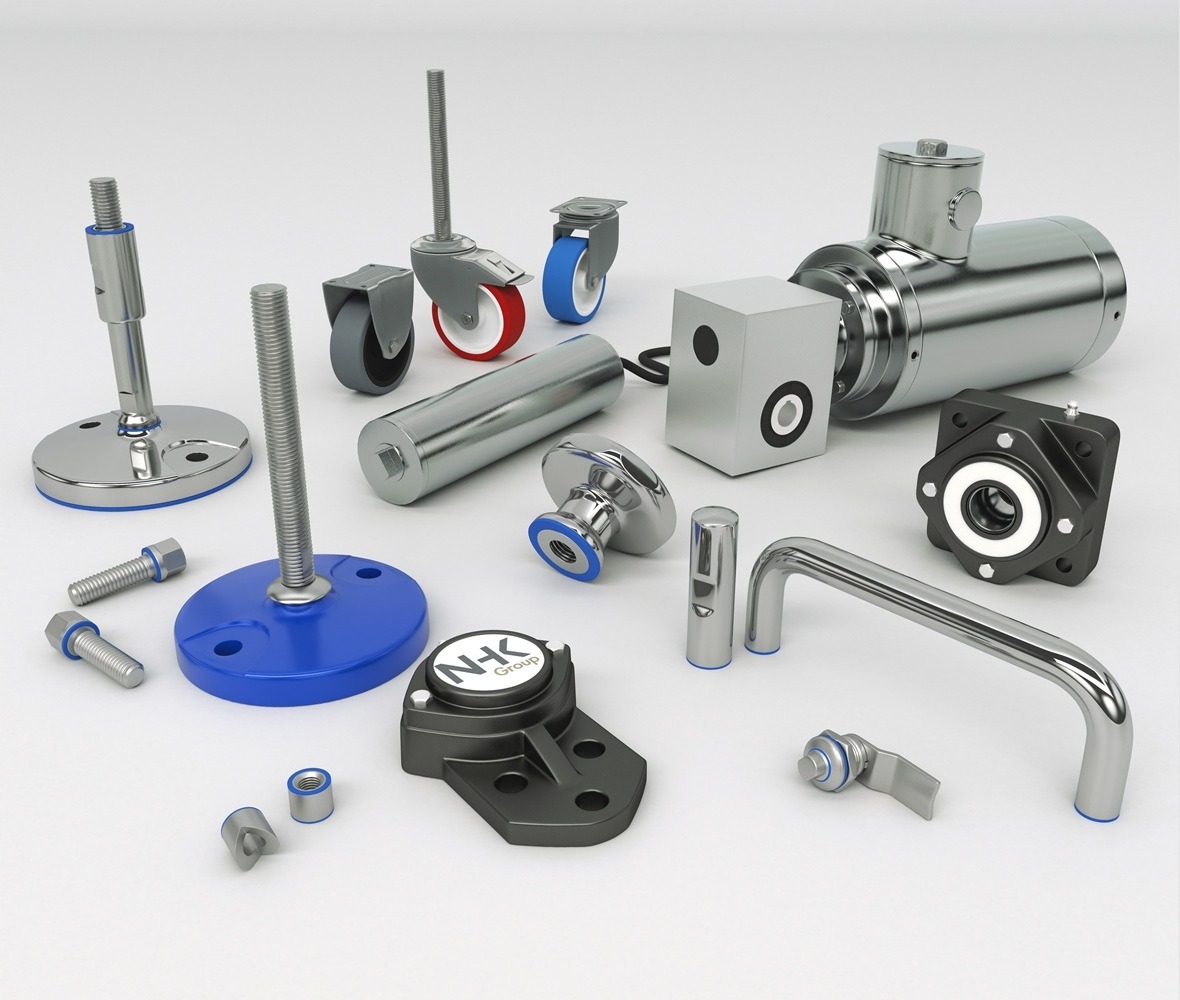
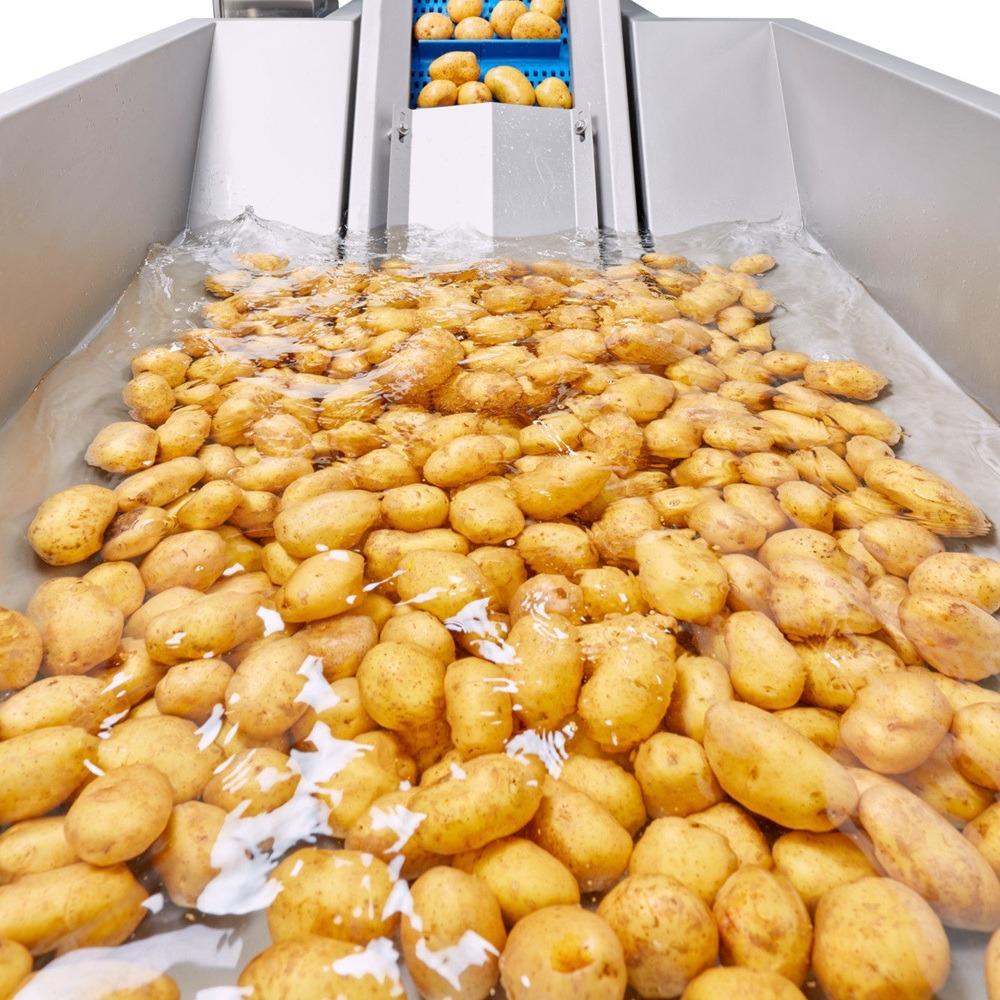
Contact
